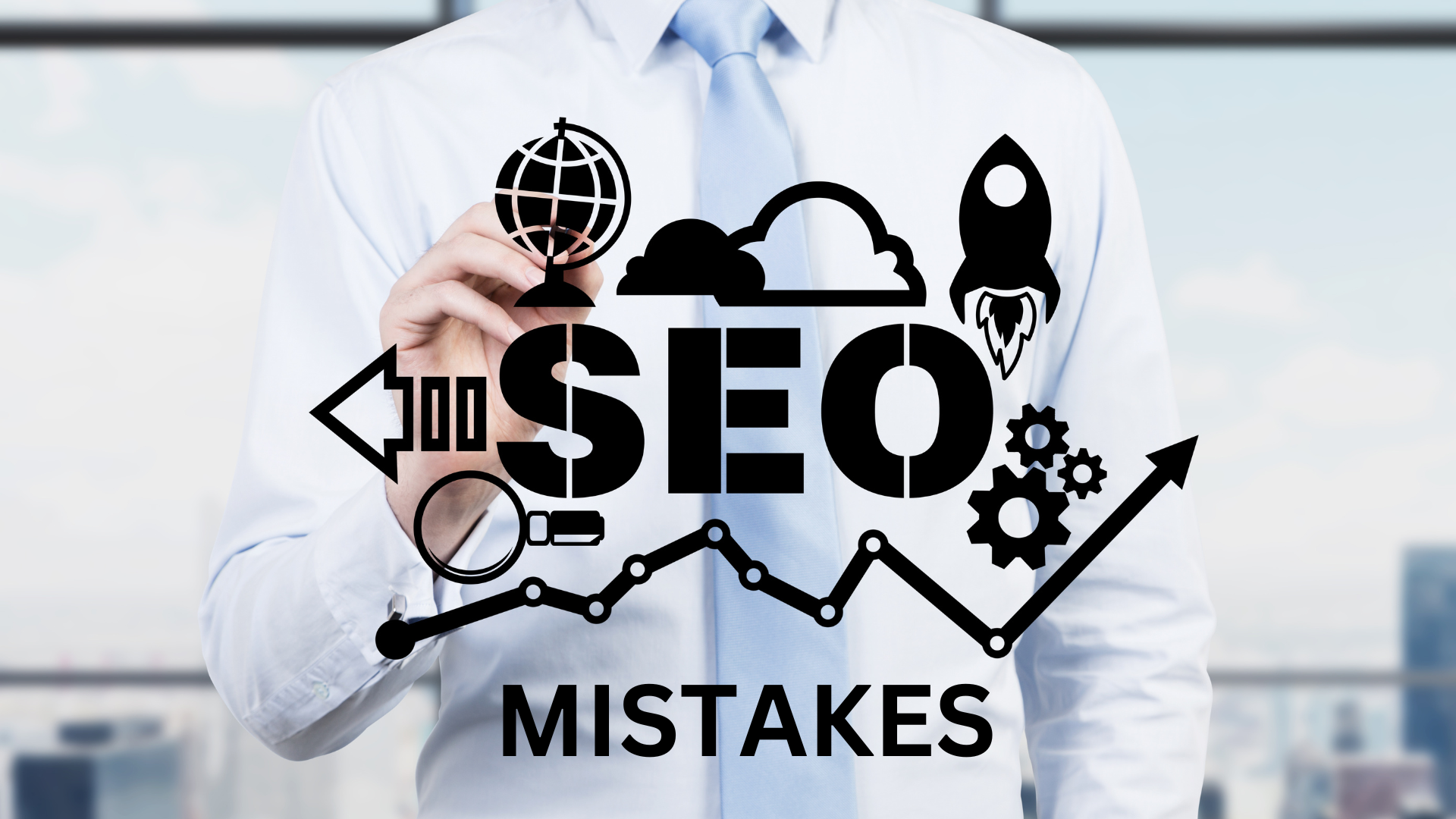SEO is undoubtedly a complex and dynamic aspect of digital marketing. When aiming to enhance your website’s visibility in search engine results, it’s essential to avoid falling into common SEO pitfalls that can hinder your efforts. In this blog post, we’ll delve into some prevalent mistakes and provide insights on how to rectify them effectively all by yourself.
That being said, addressing these SEO mistakes alone can be challenging for some. Therefore, such people can consider seeking assistance from experts at a reputed New York SEO Company (or professionals of comparable caliber in other locations) to streamline the process and yield better results. Regardless of whether you opt to handle SEO independently or seek assistance from professionals, prioritizing these fixes remains crucial for optimizing your website’s search engine visibility and driving organic traffic.
3 Typical SEO Mistakes to Avoid
There are a lot of different things that can trip up your SEO efforts, and it can be tough to keep track of all the different potential pitfalls. However, some common mistakes tend to crop up more often than others, and luckily, they’re also relatively easy to fix once you’re aware of them. You can also minimize these mistakes by taking the help of experts at an SEO Beaverton OR agency (or something similar near you). That said, here are some of the most common SEO mistakes to avoid:
Not Optimising Your Title Tags
Your title tags are one of the most important elements on your page, yet many people still don’t bother optimising them for their target keywords. Make sure your title tags are clear and concise, and include your target keyword.
Stuffing Keywords Into Your Content
Keyword stuffing is an outdated SEO tactic that does more harm than good these days. Not only will it make your content sound robotic and unnatural, but Google will also penalize you for it. Instead of cramming in keywords, focus on writing high-quality, informative content that naturally incorporates your target keywords throughout. Furthermore, if the keywords or links you are placing online are too long, they may appear unnatural. Instead, using branded links can help improve the user experience and make your content appear more trustworthy and professional.
Ignoring On-Page SEO Factors
Many different on-page SEO factors can affect your ranking in search engines, yet many people still overlook them. From making sure your headlines include relevant keywords to adding alt text to images, paying attention to on-page SEO details can make a big difference in how well your pages perform in search results.
Tips for Writing Effective Title Tags and Meta Descriptions
- Keep It Super Simple: Title tags should be no more than 60 characters, and meta descriptions should be no more than 160 characters.
- Use Keywords Wisely: Keywords should be used to help people find your content, but stuffing your title tag or meta description with too many keywords will hurt your CTR. Use keywords sparingly and make sure they’re relevant to the content on your page.
- Write Compelling Copy: Your title tag and meta description are an opportunity to sell your page to potential visitors. Write a copy that is clear, concise, and persuasive, and make sure it accurately reflects the content of your page.
- Test Different Versions: Don’t be afraid to experiment with different versions of your title tag and meta description to see what works best. Try different combinations of keywords, copy, and even length to find what generates the most clicks.
- Stuffing Keywords: Another common mistake is stuffing too many keywords into your title tags and meta descriptions. This looks spammy to search engines and users alike, and will likely result in a lower click-through rate (CTR). A better approach is to use a few relevant keywords strategically throughout your title tag and meta description.
- Failure to Use Call-to-Actions: A CTA is a phrase or sentence that encourages users to take a specific action, such as “Click here to learn more.” Including a CTA in your title tag or meta description can help increase your CTR, which can in turn lead to more traffic and conversions.
Productively Using Your Keywords
One of the most common SEO mistakes is not using keywords effectively. Keywords are the foundation of any good SEO strategy, and if you’re not using them effectively, you’re missing out on a lot of potential traffic. There are a few ways to use them effectively:
Use Them in Your Titles and Headings
This is one of the most important places to use keywords, as they help search engines understand what your page is about.
Use Them Throughout Your Content
Sprinkling keywords throughout your content helps search engines understand what your page is about and can also help your readers find the information they’re looking for. Just don’t overdo it! Too many keywords will make your content sound spammy and will turn off readers.
Use Long-Tail Keywords
Long-tail keywords are specific phrases that are more likely to be used by people who are further along in the buying cycle. They tend to be more specific and have lower search volume than general keywords, but they can be more effective because they’re more targeted.
Use Keyword Research Tools
There are many tools available that can help you find the right keywords for your business and track how well they’re performing. If you’re not using keywords constructively, you’re missing out on a valuable opportunity to upgrade your SEO
Ignoring Image Improvement
Another biggest mistake businesses make when it comes to their website is ignoring image optimisation. Images are a vital part of any website, yet so many businesses don’t take the time to properly optimise them. This can have a major impact on your website’s performance, both in terms of speed and search engine ranking.
Google has stated that site speed is a ranking factor, so if your site is slow, you’re already at a disadvantage. And if your images are large and poorly enhanced, they’re only going to make your site slower. Fortunately, image optimisation is relatively easy to do. There are a few key things you need to keep in mind:
- Use the correct file format: JPEG for photos, PNG for graphics/logos, GIF for animated images
- Save files at the appropriate quality level: Lower quality means a smaller file size, which will help your pages load faster
- Resize images before uploading them: Large images can significantly slow down your pages
- Use ALT text: This helps search engines understand what your images are and index them properly
We hope this article has helped you identify the most commonly made SEO mistakes and given you a few tips on how to fix them. With these steps taken care of, you’ll be able to ensure that your website will benefit from improved rankings and better visibility.





Leave A Comment